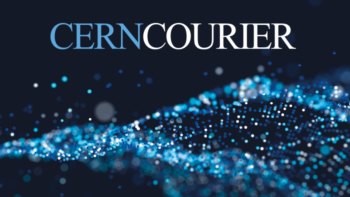 Read article 'Energy-recovering linacs begin maturing'
Read article 'Energy-recovering linacs begin maturing'
Energy-recovering linacs begin maturing
The ERL2005 Workshop at Jefferson Lab in March - the first of its kind - reviewed an innovative use of electron linacs in light sources and, potentially, particle colliders.











